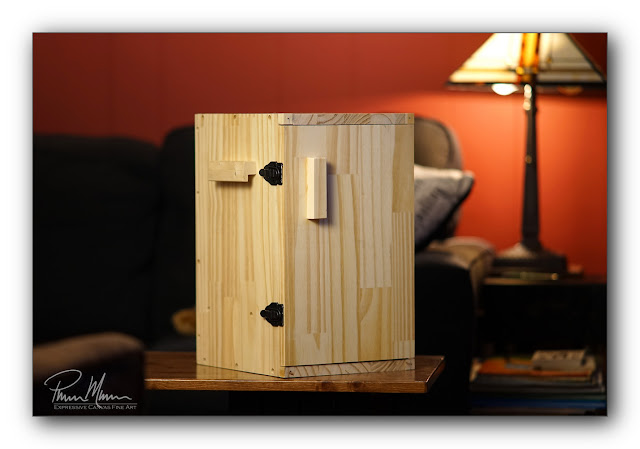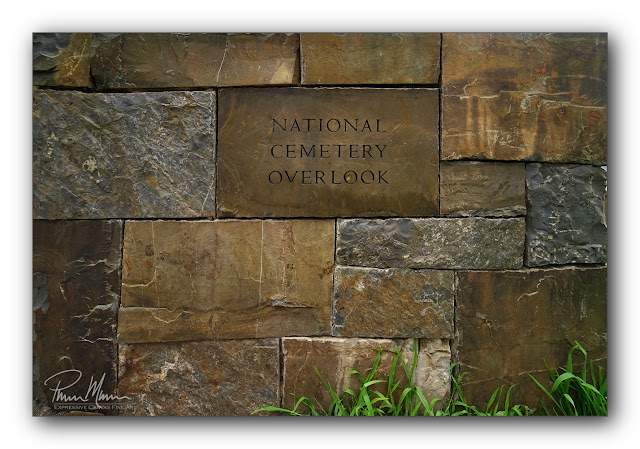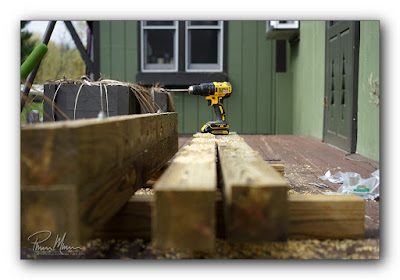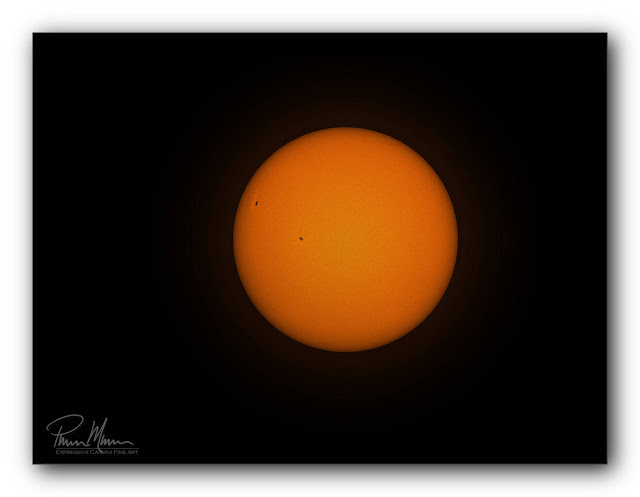Locking Clutches

I made a little more progress on my homemade telescope mounts this morning. I decided to drill and tap each of the axes on each of these mounts so I can add a clutch of sorts to each axis. In this first photo, you can see both locking clutches on the equatorial mount. I drilled and tapped 1/4-20 holes on the edge of each axis. I can now add some friction to each axis or I can even lock down an axis. This next photo shows the three locking clutches on the dual telescope altitude-azimuth mount. Now I can control how much friction is applied to each of the axes. Although it appears as though the 1/4-20 locking clutch makes direct contact with the threads on the axis, it does not. I have some heavy leather inside the hole I drilled so the leather is pressed down on the threads of the axis. This will protect the threads while applying enough pressure to have a useful clutch. If we had metal on metal, th...





